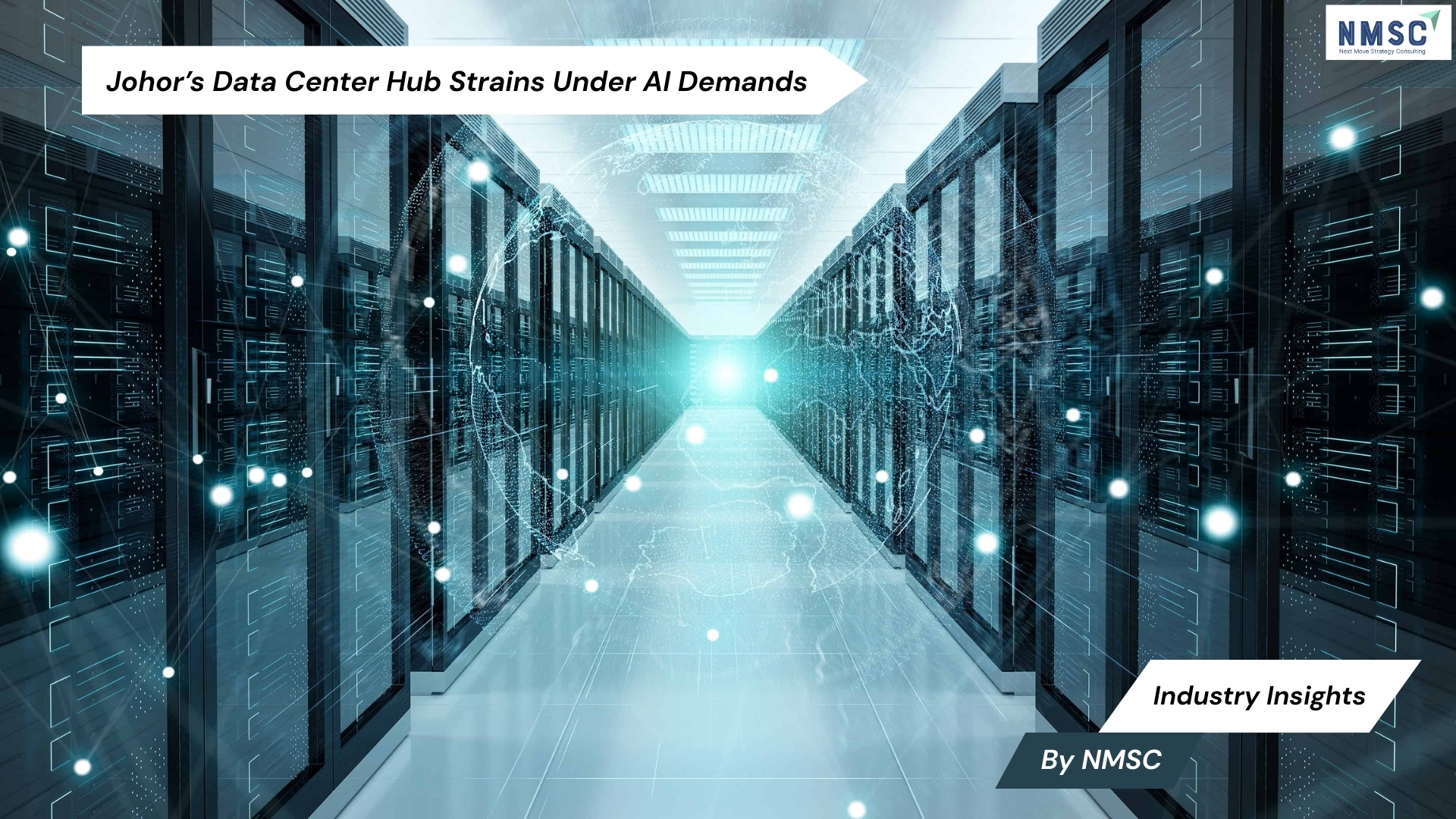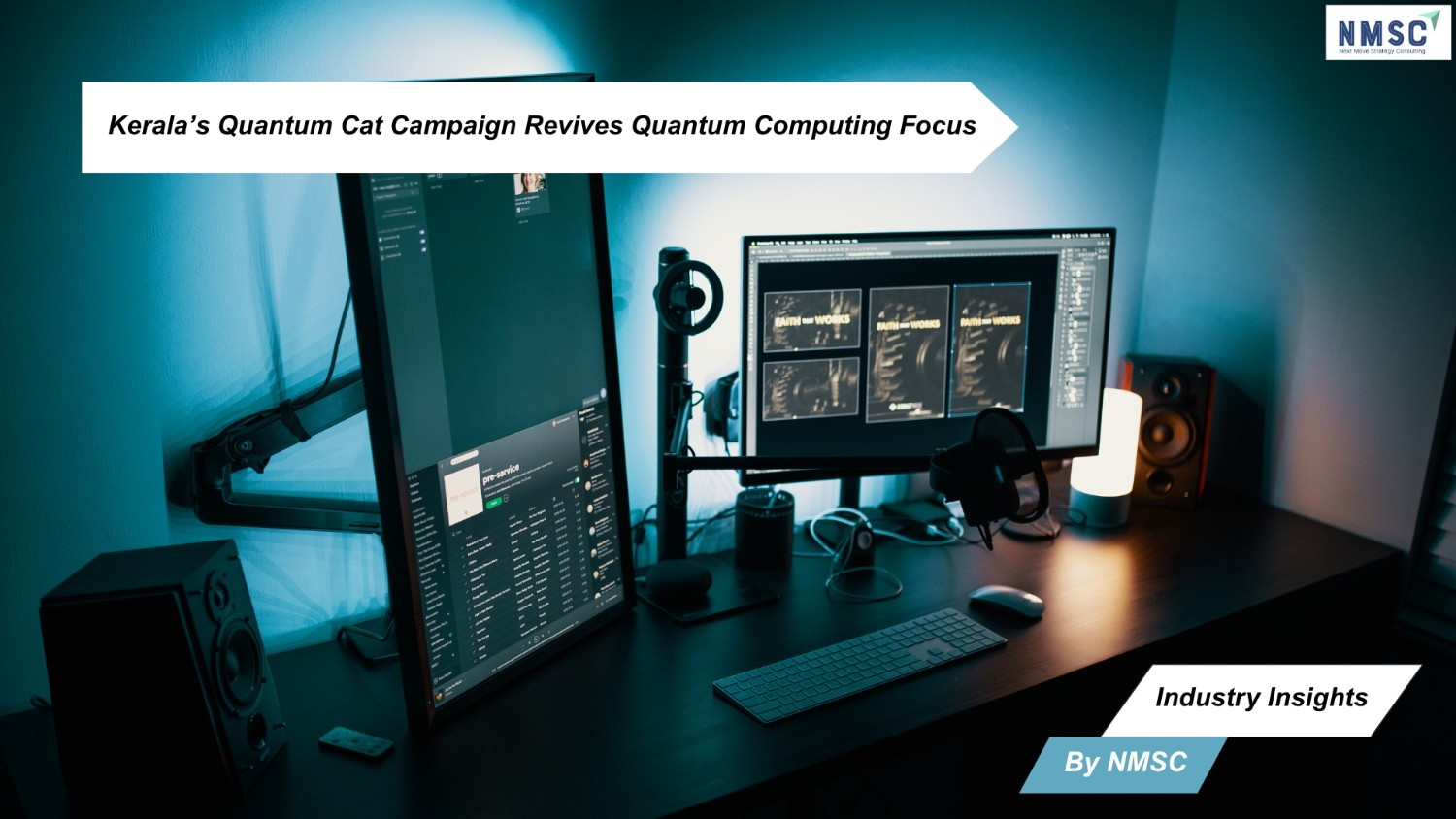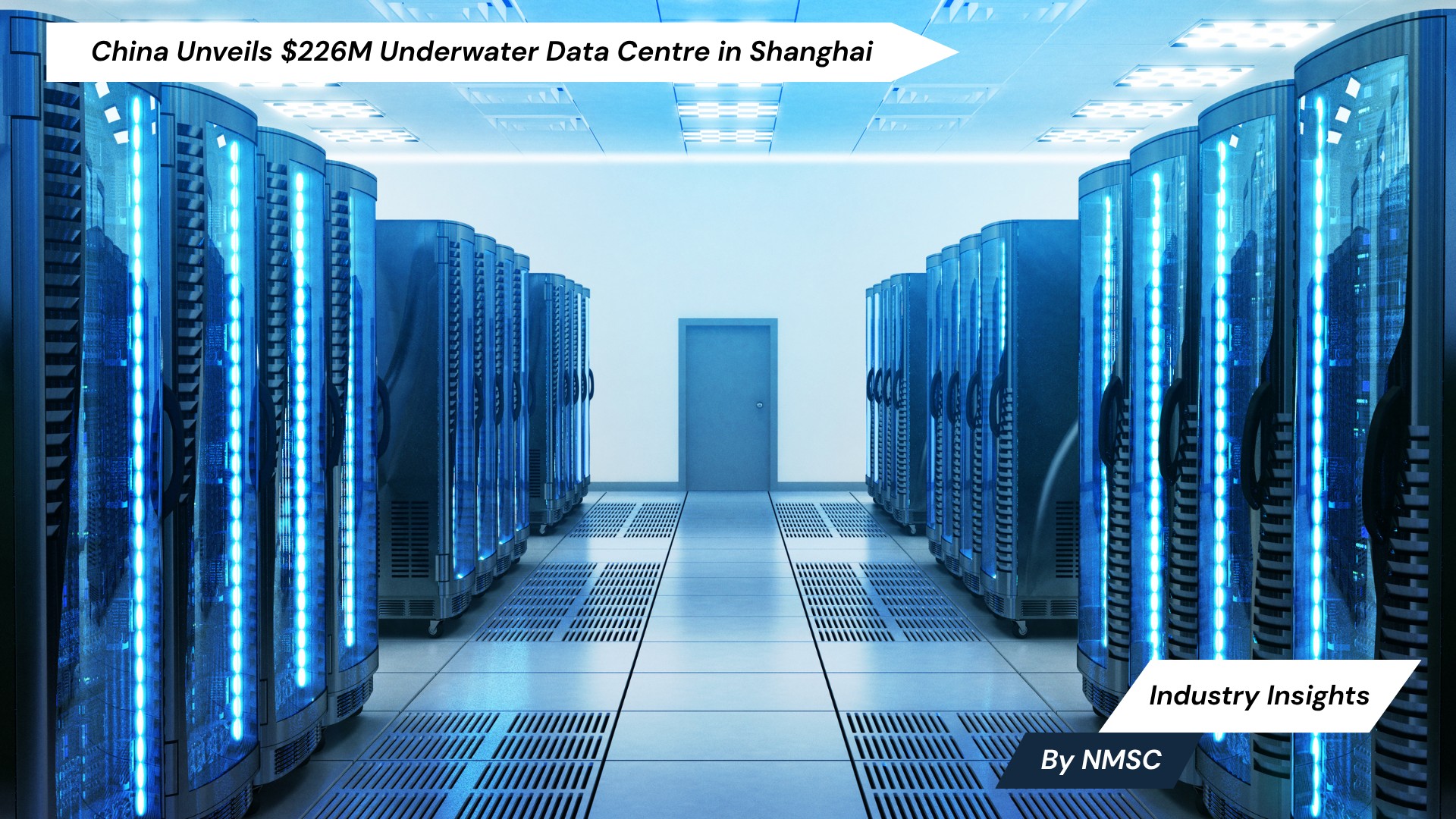Johor’s Data Center Hub Strains Under AI Demands
Published: 2025-08-19

Industry Insights from Next Move Strategy Consulting
The rapid adoption of artificial intelligence has triggered a global wave of investment in data center infrastructure. At the southern tip of Malaysia, Johor has become one of Southeast Asia’s fastest-growing data center hubs, propelled by billions of dollars in projects from major technology firms. Yet as the region attracts global attention, it also faces mounting pressure on its energy and water resources.
A Surging Hub with Global Backers
With a population of about 4 million, Johor has leveraged its strategic proximity to Singapore, affordable land, and government incentives to attract leading investors including Google, Microsoft, and China’s ByteDance. According to DC Byte, the state currently hosts about 580 megawatts (MW) of operational capacity but has a planned total capacity of 5,800 MW — nearly 10 times higher.
Energy Demands at a Crossroads
The scale of planned capacity highlights the strain on Malaysia’s energy systems. If realized, Johor’s data centers alone could generate electricity demand equivalent to powering 5.7 million households per hour. Kenanga Investment Bank projects that by 2035, data centers could account for 20% of Malaysia’s total energy-generating capacity.
To meet rising needs, Malaysia plans to add 6 to 8 gigawatts of gas-fired power by 2030, with overall national power consumption expected to rise by 30%. While natural gas burns cleaner than coal — which made up over 43% of Malaysia’s power in 2023 — reliance on fossil fuels risks clashing with the nation’s pledge to achieve net-zero emissions by 2050.
The Water Challenge
Cooling remains another major constraint. A 100 MW data center can consume around 4.2 million liters of water per day. For Johor, which has faced water supply disruptions and depends partly on imports from Singapore, the stakes are particularly high. Authorities have begun constructing three new reservoirs and treatment plants, while also introducing higher water tariffs and urging operators to adopt recycled wastewater systems. Some newer centers are shifting away from water-based cooling altogether.
A Global Dilemma
Johor’s challenges reflect broader trends across the industry. A May report by the International Monetary Fund found that global data center electricity consumption in 2023 had already reached levels comparable to France and Germany. Researchers also estimate that AI-related infrastructure could consume four to six times more water than Denmark by 2027.
Governments worldwide are grappling with similar concerns. The United States has moved to accelerate AI infrastructure through streamlined permitting and reduced environmental oversight, even as researchers warn of rising electricity bills and emissions. Singapore, once a leading hub, imposed a three-year moratorium on new data centers in 2019 before introducing its “Green Data Centre Roadmap” in 2022, which prioritizes energy efficiency and renewable adoption.
Strategic Outlook
Johor’s transformation into a global data center hub underscore both the promise and the peril of AI’s infrastructure demands. While the sector drives economic growth and investment, the sustainability of its future hinges on how effectively governments and industry align expansion with energy efficiency, water management, and climate goals.
Source: CNBC
Prepared by: Next Move Strategy Consulting















Add Comment